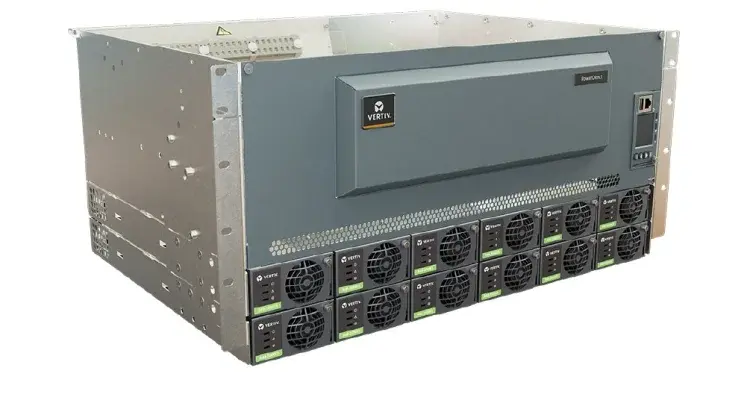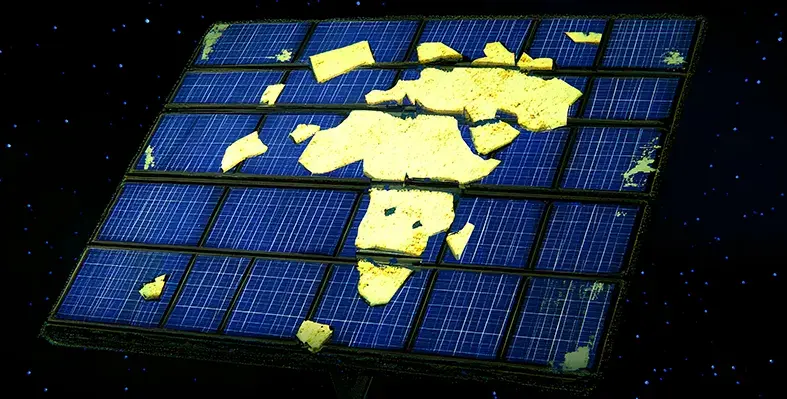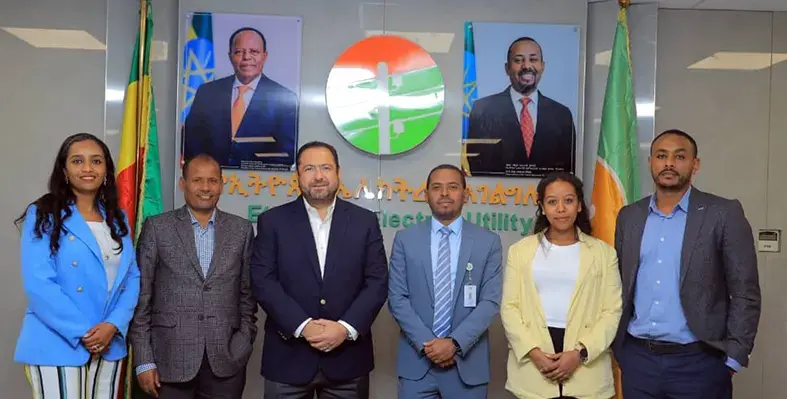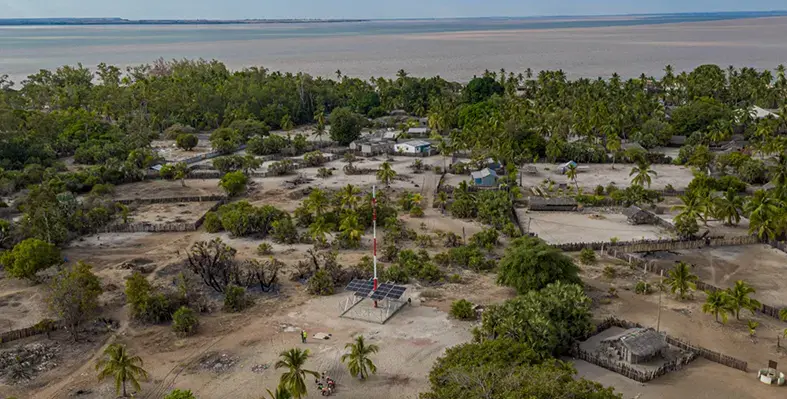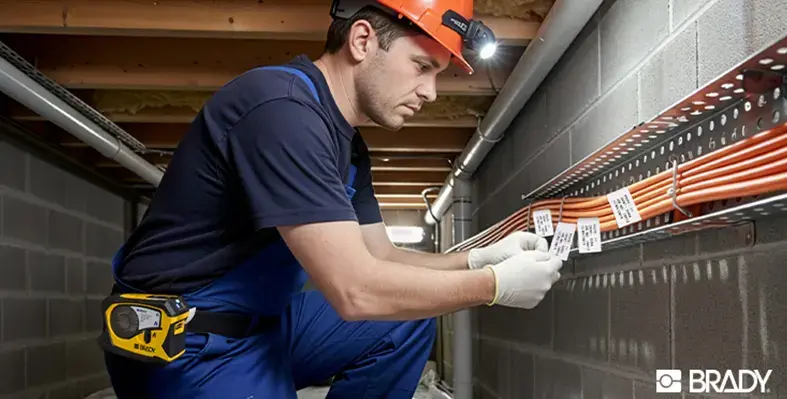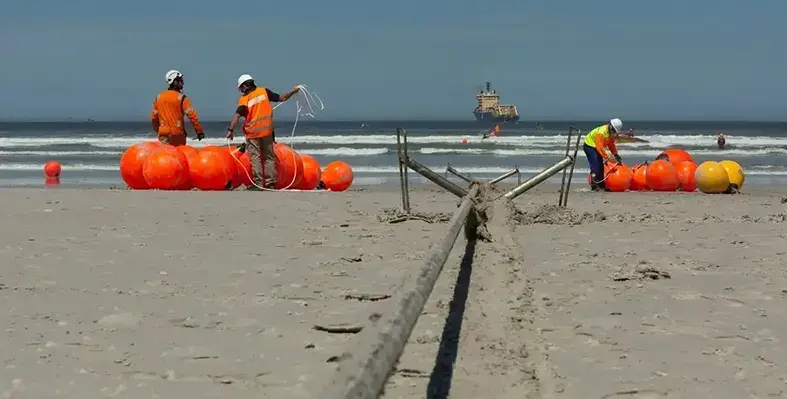Ahead of the TowerXchange Meetup Africa — taking place on the 8- 9 October in Johannesburg — Matthew Edwards, head of research at EMEA collected and collated the most up-to-date insights on the markets he tracks
In Nigeria, American Tower’s investment surged in the first half of 2019, adding 117 net new sites, bringing its portfolio from 4,760 to 4,877. Our figures for IHS Towers show a net increase of 761 towers from 15,629 at the end of 2017 to 16,390 in 2019.
Pan African Towers is adding around 60 sites per quarter for a Nigerian operator. And LASIMRA, the Lagos State regulator, reckons on 250 new towers being built a year in Lagos State alone each year. The fundamentals pushing Nigerian telecoms growth are improving, with growth of 1.9 per cent in 2018, 2.3 per cent in 2019 and 2.4 per cent in 2020, and 50mn new 4G subscribers by 2025.
Ghana is one of sub-Saharan Africa’s most developed telecoms markets and American Tower’s recent announcement of intent to acquire Eaton Towers rests on the back of plans for further profitable growth in the country.
From now up to 2022, Ghana is estimated to require 1,000 new sites, or nearly 300 a year; 20-25 per cent will be smaller builds, of 15m-20m in urban areas. While grid coverage and availability is good by African standards, electricity prices have recently skyrocketed, meaning that the business case for solar and hybrid is strengthened and the use of deep-cycle batteries is growing.
Ethiopia, a country of 100mn people and an economy growing 10 per cent per annum, is the latest market to draw the attention of the tower industry. TowerXchange would conservatively estimate the opportunity for passive telecom infrastructure investment in Ethiopia in 2020 at a quarter of a billion dollars, with ongoing investment at a similar level for a number of years. Two new licences are to be issued in 2019, and by the end of the year a 49 per cent stake in Ethio Telecom will be sold. MTN, Vodacom/Safaricom, Orange and Etisalat are all believed to be interested in entering Ethiopia.
TowerXchange predicts between 500 and 1,000 new sites will be added by each operator in 2020 following the award of licences. That is a total of 1,500-3,000 new sites added per year. This figure excludes the tower strengthening work and equipment upgrading required to bring up service levels to those expected by international mobile operators.
Prior to privatisation, Ethio Telecom issued a request for proposals for a telecom Energy Services Company (ESCO) for the energy management of thousands of sites. In South Africa, following a burst of building by MTN that finished a couple of years ago, growth had slowed, but TowerXchange expects new build activity to pick up. Capital investment into towers is accelerating in Africa’s richest country, adding to the country’s stock of 30,183 towers.
In the next three years, TowerXchange sees scope for another 2,000 to 3,000 towers in South Africa. By 2024, TowerXchange expects all towers around Johannesburg and Pretoria to be connected to fibre, whereas only 10-20 per cent of them are connected now. Across urban South Africa generally, we expect 50-75 per cent of towers to be fibreised in the next five years, which would require thousands of connections per year. MTN Group plans to roll out more than 5,000 rural sites by the end of 2020, and 5,000 more a year after that.
Innovative solutions are sought, encompassing different low-cost structures, power systems and economic models. MTN will explore alternative power systems, such as solar-only for ultra-rural sites, satellite-only backhaul and commercial models such as revenue-sharing and tower-leasing options.
For more information on TowerXchange, its meetups and its services, go to www.towerxchange.com
















